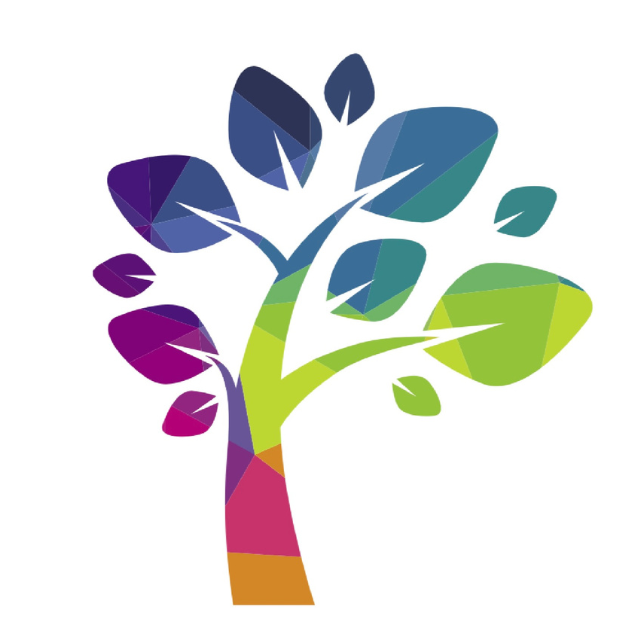Inclusive Change
Start the conversation
Read our blogs and discover more about neurodiversity through our links


Why Doodling and Stimming in Meetings Can Help Neurodivergent Employees Thrive
Why Doodling and Stimming in Meetings Can Help Neurodivergent Employees Focus
Meetings are an integral part of many workplaces, but for neurodivergent employees sitting still and maintaining prolonged focus can be challenging. Traditional workplace norms often emphasise behaviours like maintaining eye contact, sitting quietly, and taking notes in conventional ways. However, for many neurodivergent individuals, engaging in activities like doodling or stimming can be essential for focus, regulation, and engagement.
What is stimming?
Stimming, short for self-stimulatory behaviour, refers to repetitive movements, sounds, or actions that help regulate sensory input, emotions, and focus. While stimming is often associated with autism, it is also common among individuals with ADHD, anxiety, and other neurodivergent traits. Stimming behaviours can vary widely and may include:
Doodling or sketching
Tapping fingers or feet
Playing with fidget toys (e.g., stress balls, spinners, putty)
Rocking or swaying
Repetitive speech or humming
Clicking a pen or twirling objects
Hair twisting
These behaviours are often misunderstood as distractions, but in reality, they can be incredibly helpful for self-regulation and productivity.
How stimming and doodling helps focus

Enhancing concentration: For many neurodivergent individuals, engaging in minor physical activities like doodling or using a fidget toy actually helps them process verbal information better. It provides an outlet for excess energy, making it easier to maintain attention during long discussions.
Reducing anxiety and overstimulation: Meetings can be overwhelming. Stimming provides a way to self-soothe and manage sensory input, preventing overload and anxiety.
Improving memory and retention: Studies have shown that doodling while listening can enhance comprehension and recall. By keeping the brain engaged in multiple ways, neurodivergent employees may retain more information compared to if they were forced to sit still.
Embracing neurodiversity in the workplace
Recognising and accommodating neurodivergent needs benefits everyone. Here are some ways workplaces can create a more inclusive environment:
Normalise stimming: Educate teams about stimming and its benefits so that colleagues understand these behaviours as tools for engagement rather than distractions.
Encourage alternative note-taking: Allow employees to take notes in ways that work best for them, whether that’s through drawing, voice recordings, or mind maps.
Provide fidget tools: Offering fidget toys in meeting rooms can be a simple yet effective way to support focus and comfort.
Create flexible meeting structures: Allow breaks, standing options, or movement-friendly spaces for those who find sitting still difficult.
Neurodivergent employees bring unique strengths to the workplace, and small accommodations, such as embracing doodling and stimming in meetings, can make a big difference in productivity, well-being, and innovation. By fostering an environment that supports different ways of thinking and processing information, organisations can empower their teams to perform at their best while cultivating a more inclusive workplace culture.
Check out Lucy's other features

A Journey of Neurodiversity Advocacy and Change
Read Lucy's interview with Golden Valley, where she explains some of the life events that led her to becoming a full time advocate for neurodivergent and disabled people in the workplace.

Women in the Middle® Entrepreneurs:
EP #52: Sharing the Positives About Neurodiversity with Lucy Smith
Suzy Rosenstein, a master life coach, hosts a podcast called Women in the Middle Entrepreneurs, a podcast where these important conversations about the intersection of being a midlife entrepreneur who's also a woman 50 plus can happen.
Inclusive Change Ltd
The Brightwell, Bradbury House
Wheatfield Drive
Bradley Stoke, Bristol
BS329DB
Copyright 2025 - Inclusive Change Ltd
Companies House: 12412464
VAT NO: 352 1564 17
ICO Reg: ZB081779
UK Register of Learning Providers: 10090652
Reg no: 12412464





